My project of walking from the southern border of Denmark all the way up to the northern tip of the country continues in 2019. On the first stage of this year’s walk, I am joined by my girlfriend Tove.


We begin our journey on foot a sunny day in June in the seaside resort Blokhus. This is where my grandparents once had a summer cottage with a direct view to the sea. Now the area is covered with summer cottages.
Tove and I follow the signs for the Hærvejen route. Nevertheless, we manage to get lost right from the start.

After going in circles and ending up at our starting point twice, we ignore the signs and strike out in what we believe must be the right direction: north. This works better but leads us right past all the summer cottages and adds about seven extra kilometres to the first day’s walk. We end up walking 23 km the first day (and almost 18 km on the second day). Eventually, we are fortunate enough to meet someone who knows the area. He points us in the direction of the right footpath.
After re-discovering the path, over two days of hiking, we walk through quiet, scrubby woods that smell of pine and heather, pass through flowering meadows, wander high up on wind-swept dunes that skirt the shore, and trudge along the windy beach where the waves pound the sand in eternity.

Along the way, we see half-buried bunkers (remnants from the German occupation in World War II – photo below), hardy little flowers, and the 90 m high dune Rubjerg Knude (above photo), where the sands shift constantly due to the wind. The wind erosion eats two to four metres of the coastline every year, so the lighthouse at Rubjerg Knude, which was built in 1899, became dangerously close to falling in the sea. When we see it, it is only 20 m from the sea. Today, October 22, 2019, as I write these lines, the lighthouse has been moved 70 m inland – all in one piece. Quite the engineering feat!

We see a cuckoo up in a tree (usually only just heard, not spotted), hear larks warbling their merry melody in the sky and come very close to one sitting on the ground – also a somewhat unusual experience. Sand martins (bank swallows) fly busily back and forth in their swallow society in the dunes, the cuckoo sounds like a Swiss clock, the surf beats its eternal rhythm, and butterflies and other insects flit quietly about.




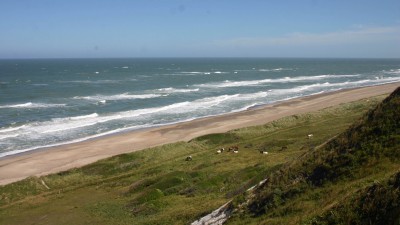



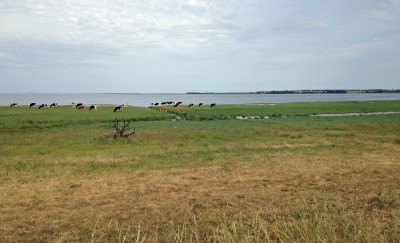
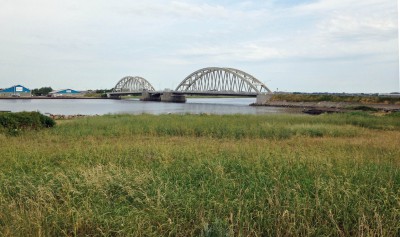 The landscape is nothing to get too excited about on
The landscape is nothing to get too excited about on
 For hours, I meet not a soul. I pass by a Common
For hours, I meet not a soul. I pass by a Common


 Leaving the town of Skals in the spring of 2018, I
Leaving the town of Skals in the spring of 2018, I
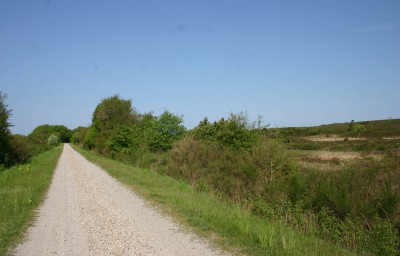 During World War II, more trees were felled because
During World War II, more trees were felled because I hike for three days, covering 70 km. The first
I hike for three days, covering 70 km. The first
 The summer of 2017 starts out okay with sunny and dry
The summer of 2017 starts out okay with sunny and dry
 I pass through Hjarbæk, a cozy village by a fjord.
I pass through Hjarbæk, a cozy village by a fjord. The town of Skals was my goal for today – a mere 20
The town of Skals was my goal for today – a mere 20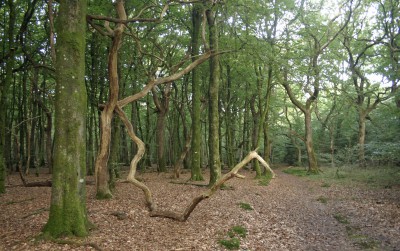





 Later on, I meet a wild deer and then a
Later on, I meet a wild deer and then a

 Sunny days with dappled light
Sunny days with dappled light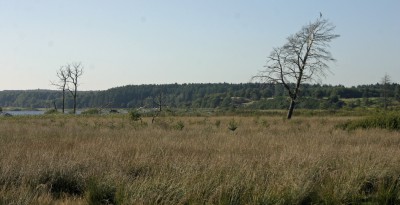




 To
To

 With the meagre energy I have left I wander around and look at the buildings, enjoying the details of the masonry and ironwork. They knew how to construct lasting buildings in those days!
With the meagre energy I have left I wander around and look at the buildings, enjoying the details of the masonry and ironwork. They knew how to construct lasting buildings in those days!




 I continue my ramble northwards, passing by more burial mounds and through oak forests, moors and farmland.
I continue my ramble northwards, passing by more burial mounds and through oak forests, moors and farmland. 



 The route changes
The route changes We leave the farm
We leave the farm


 We wander through cathedrals of pine
We wander through cathedrals of pine

